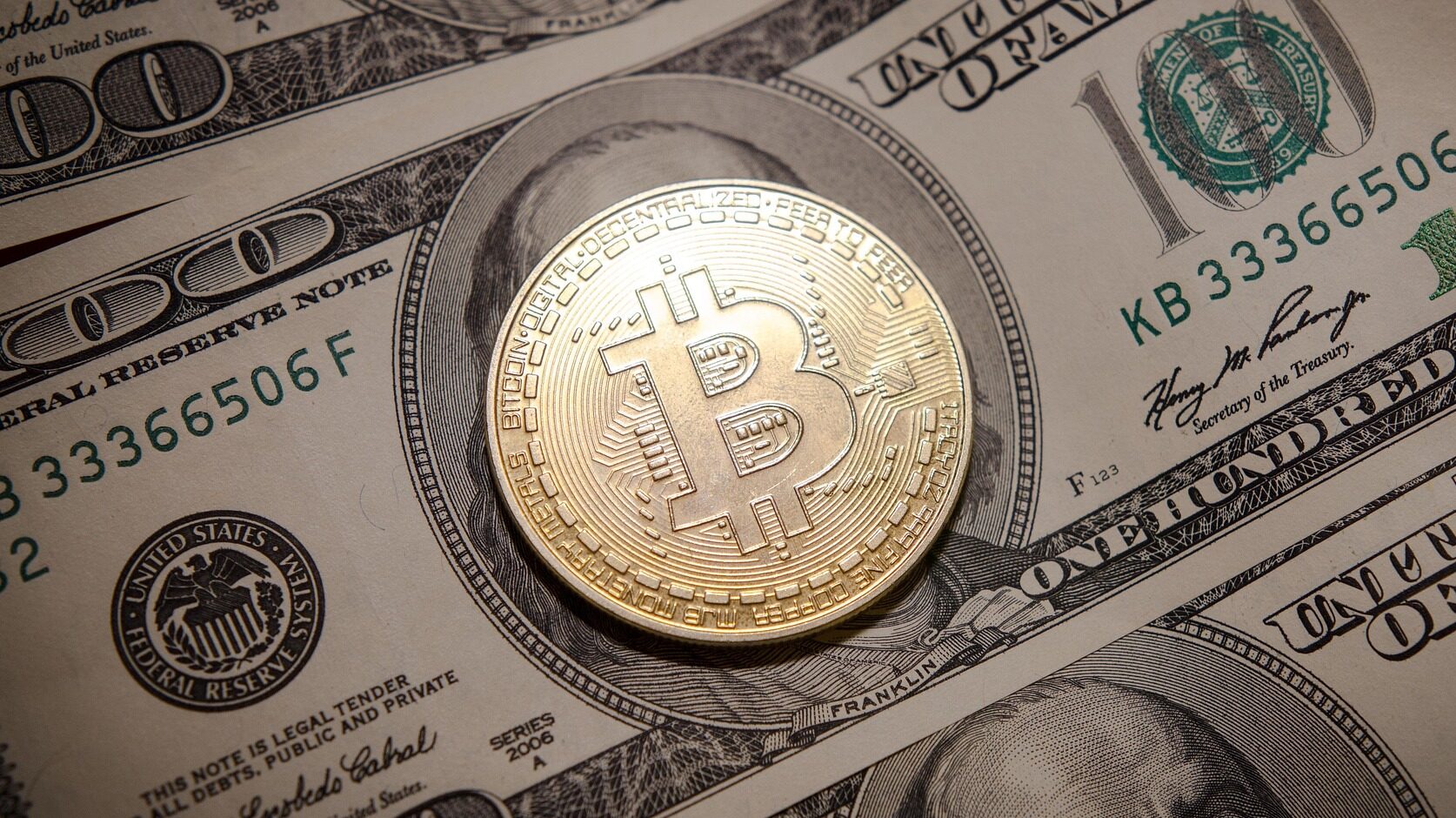In a world where central banks can expand the money supply through monetary policy, one digital currency stands out for its programmed scarcity: Bitcoin.
There will only ever be 21 million bitcoins in existence — not a single coin more. In comparison, the US dollar has no predetermined cap. The Federal Reserve can increase the money supply when economic conditions suggest it’s necessary. This fundamental difference is prompting many to reconsider conventional views on currency and value.
Bitcoin’s Built-in Scarcity
Bitcoin was created by a pseudonymous figure or group known as Satoshi Nakamoto. From inception, it was designed with scarcity as a core principle, similar to precious metals like gold. As of April 2025, approximately 19.9 million bitcoins have been mined, leaving just 1.1 million remaining to be created. The last bitcoin is projected to enter circulation around the year 2140.
This fixed supply cap is enforced by Bitcoin’s protocol. No central authority, developer team, or mining group can unilaterally change this limit without consensus from the network’s participants, making it resistant to supply manipulation.
While central banks implement various monetary policies, Bitcoin continues on its predetermined path toward its maximum supply. The most recent “halving” event occurred on April 20, 2024, reducing the mining reward to 3.125 bitcoins per block. The next halving is expected in 2028, which will further decrease the reward to 1.5625 bitcoins per block. These scheduled reductions in new supply issuance make Bitcoin increasingly scarce over time, contrasting sharply with traditional currency systems.
Monetary Policy and the Dollar
The US dollar is managed by the Federal Reserve, which adjusts monetary policy in response to economic conditions. The Fed employs various tools including quantitative easing (QE) programs and interest rate adjustments to influence the money supply and maintain economic stability.
During the COVID-19 pandemic, the Fed significantly expanded the money supply through quantitative easing and other measures to prevent economic collapse. In the years since, monetary policy has continued to evolve in response to changing economic conditions, with ongoing efforts to balance growth stimulation against inflation concerns.
It’s important to note that central banks don’t simply “print money” without constraints — they operate within complex economic systems with checks and balances. However, they do retain the ability to expand the money supply without a hard cap, unlike Bitcoin’s fixed limit.
Also Read – 5 Benefits of Cryptocurrency for Governments Around the World
Why Some Are Moving Toward Crypto?
Bitcoin is not the only cryptocurrency with distinctive monetary features. Ethereum, while not having a hard cap like Bitcoin, implemented EIP-1559 which burns a portion of transaction fees, potentially reducing supply growth under certain network conditions.
Here’s why cryptocurrencies have gained traction globally:
- Scarcity
Many cryptocurrencies implement mechanisms to control or limit supply growth, though approaches vary widely between different projects. - Decentralization
Most cryptocurrencies operate on distributed networks without central control, reducing the risk of unilateral policy changes. - Global Access
Cryptocurrency transactions can be conducted globally without traditional banking intermediaries, potentially offering faster settlement and 24/7 operation. - Transparency
Blockchain technology provides public verification of transactions and supply statistics, allowing anyone to audit the system. - Programmability
Platforms like Ethereum enable smart contracts that automatically execute transactions when predefined conditions are met, creating new possibilities for financial applications.
Real-World Context
Countries experiencing significant currency instability, such as Venezuela, have seen some citizens adopt Bitcoin and other cryptocurrencies as alternative stores of value.
The regulatory landscape continues to evolve:
- El Salvador adopted Bitcoin as legal tender in 2021
- Countries including Portugal, Switzerland, and Singapore have developed varying degrees of cryptocurrency regulation
- Institutional adoption has increased, with companies such as Tesla, MicroStrategy, and Square allocating portions of their treasury reserves to Bitcoin
Different Perspectives
“Bitcoin’s fixed supply model represents a fundamentally different approach to money,” notes economist David Chen. “Traditional currencies prioritize policy flexibility, while Bitcoin emphasizes predictability and resistance to supply expansion.”
This difference highlights the ongoing debate between monetary flexibility and predetermined scarcity in currency design.
Balancing the View
Whether you’re new to digital currencies or an experienced investor, understanding this core distinction is important:
Bitcoin has a programmed maximum supply. The dollar operates with a flexible supply model.
Both approaches have merits and limitations. Central bank flexibility allows response to economic crises but risks potential devaluation. Bitcoin’s fixed supply prevents arbitrary expansion but lacks mechanisms to adjust to economic needs.
As financial systems continue evolving, we may see increasing integration of both traditional and digital currencies, each serving different purposes within the broader economic landscape.

